Venice is one of the most beautiful cities in the world. It's home to some of the most famous landmarks and also some less-well-known gems that locals love. In this article, we'll explore a few of these landmarks.
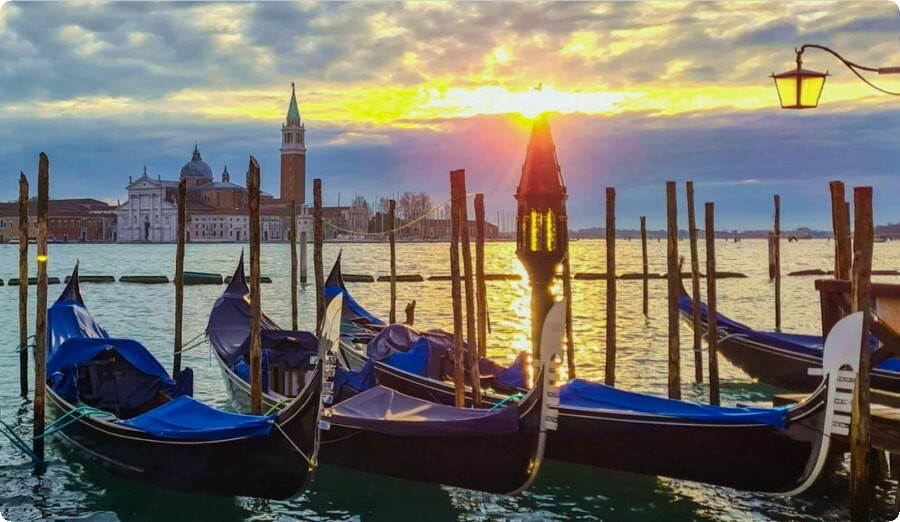
The Rialto Bridge
The Rialto Bridge is the oldest bridge in Venice, and it's also the only one that crosses the Grand Canal. The first incarnation of this historic structure was built in 1180 but collapsed after less than 50 years; a second version was erected in 1524 but lasted even shorter than its predecessor (it collapsed only 20 years later). Today's Rialto Bridge dates back to 1588, when it was designed by Antonio da Ponte and erected under his supervision by architect Bartolomeo Ferracina.
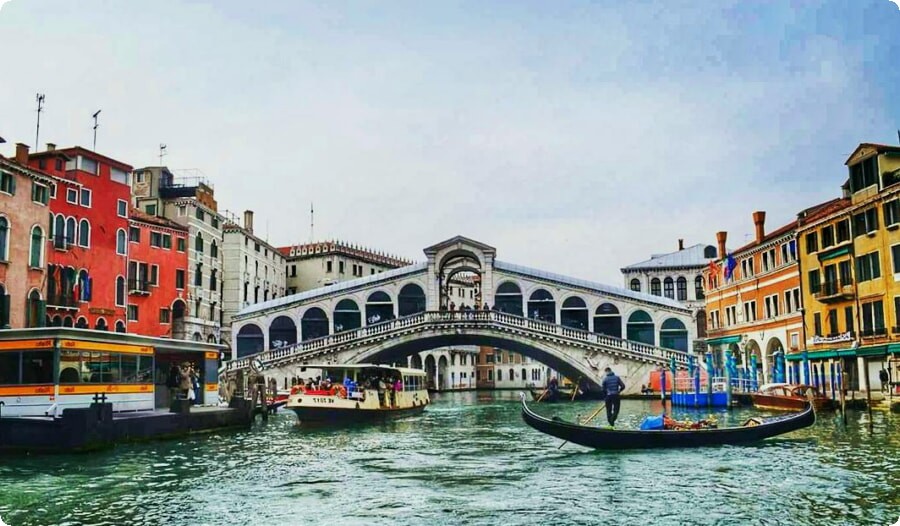
The bridge has been restored many times over its long history--most recently in 1989--but despite these renovations, there are still several features worth noting:
- Its three arches span more than 1 kilometer (0.6 miles) across what would otherwise be an impassable barrier between two sides of Venice's main canal system;
- together with its supporting piers and foundations below water level, they weigh more than 2 million metric tons (2 billion pounds).
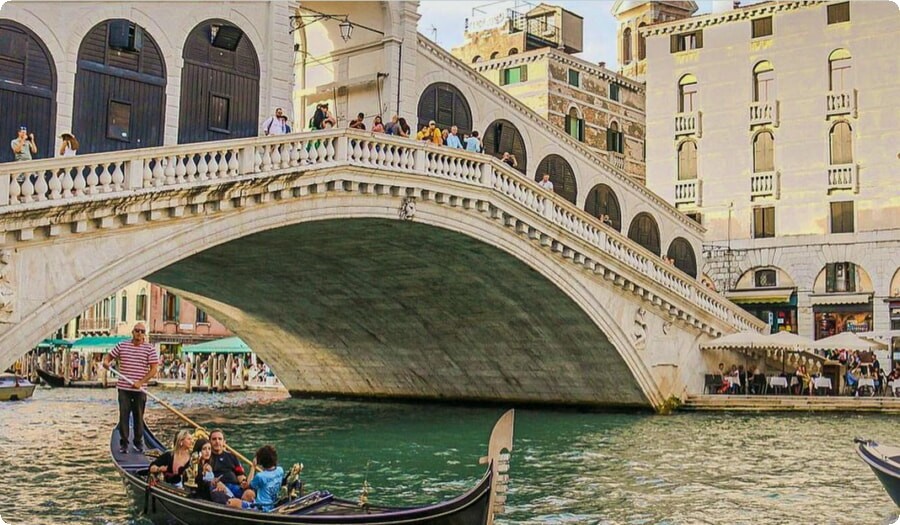
The Basilica di San Marco (Saint Mark's Basilica) is the most important church of Venice and one of the world's most beautiful churches. It was built in 1094 as a chapel to house Saint Mark's remains, which were brought to Venice from Alexandria by Doge Pietro Orseolo II.
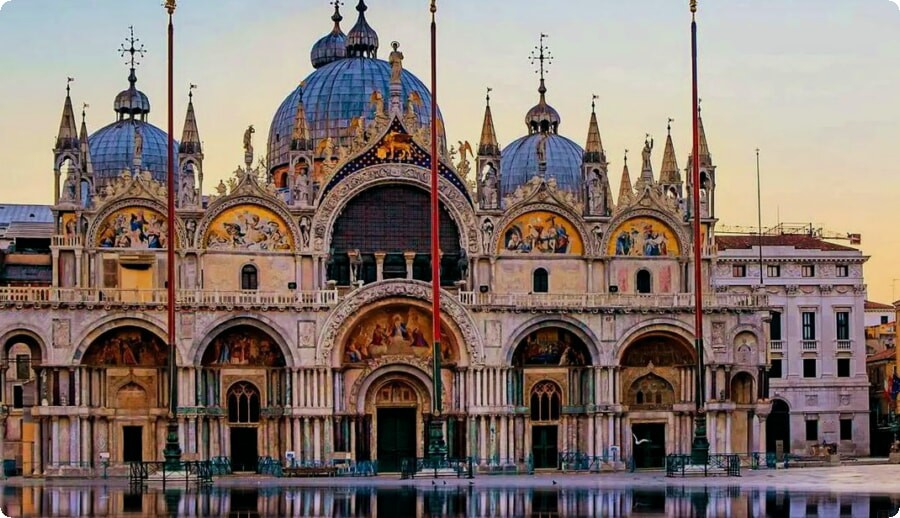
The interior is decorated with 11th-century mosaics depicting scenes from Saint Mark's life and miracles, as well as 13th-century frescoes by Giovanni d'Alemagna. The main altar area has two large statues: one depicts Saint Peter with his keys; another shows Pope Gregory VII bestowing his blessing on Doge Enrico Dandolo before he left for Constantinople (now Istanbul).
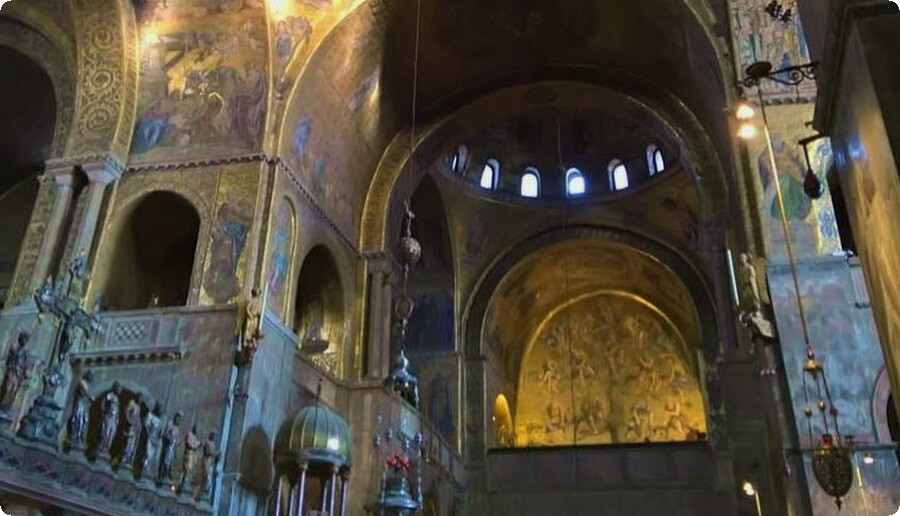
The Grand Canal
The Grand Canal is the main waterway of Venice, and it's also one of the city's most famous landmarks. The canal runs for over a mile from north to south through Venice, and it divides the city into six districts: Cannaregio; San Polo; Dorsoduro; Santa Croce; San Marco (where you'll find St Mark's Basilica) and Castello.

The first part of this canal was built in 10th century as an extension to an existing system which had been constructed during Roman times. It was designed so that boats could travel from one end of the city to another without having to enter any other waterways or pass under bridges. Today there are more than 400 bridges over its length!
Basilica of San Giorgio Maggiore and the bell tower
The Basilica of San Giorgio Maggiore is one of the most famous landmarks in Venice. The bell tower, which stands at a height of 110 meters (360 feet), is the tallest building in the city. It was built in 1492 and houses a museum with works by Tintoretto, Titian and Veronese.
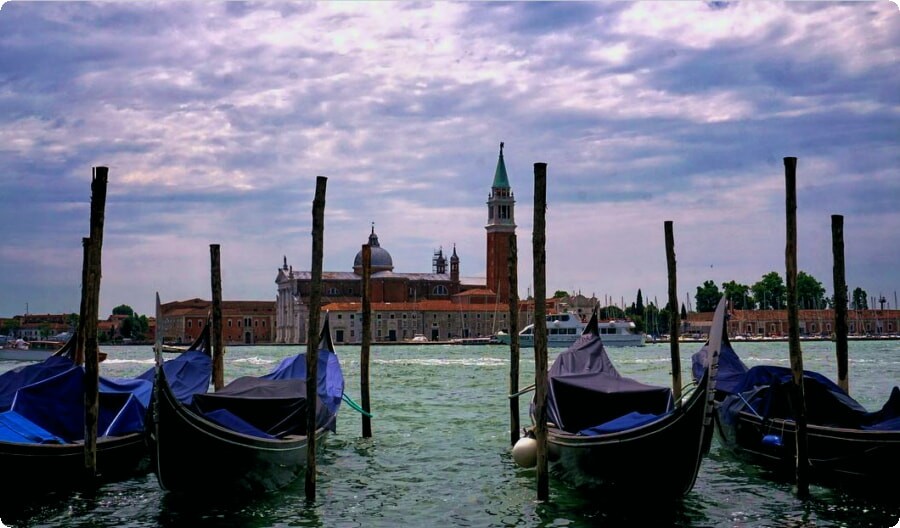
The church itself was founded by Doge Domenico Morosini in 1345 as a private chapel dedicated to his family saint George; it became an important place for Venetian nobility to be buried after their deaths because they could receive better treatment there than at any other church or monastery on the island.
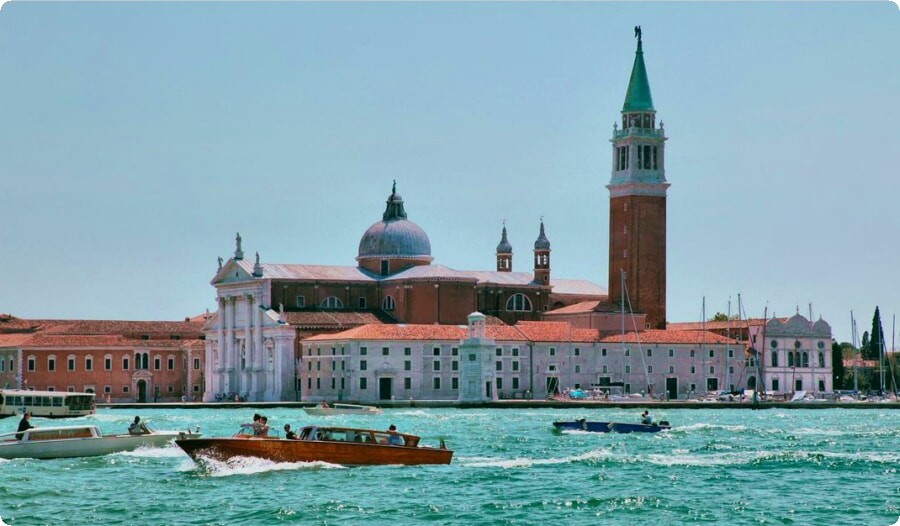
La Salute Church (the Blue Church)
La Salute Church (the Blue Church) was designed by Baldassare Longhena and built between 1631 and 1687. The church is dedicated to Our Lady of Good Health (Santa Maria della Salute), who is said to have saved Venice from a plague that hit the city in 1630. The construction of the church began after this miraculous event, and it was finished in 1687. Today, it's one of Venice's most popular tourist attractions due to its beautiful architecture and interior design!
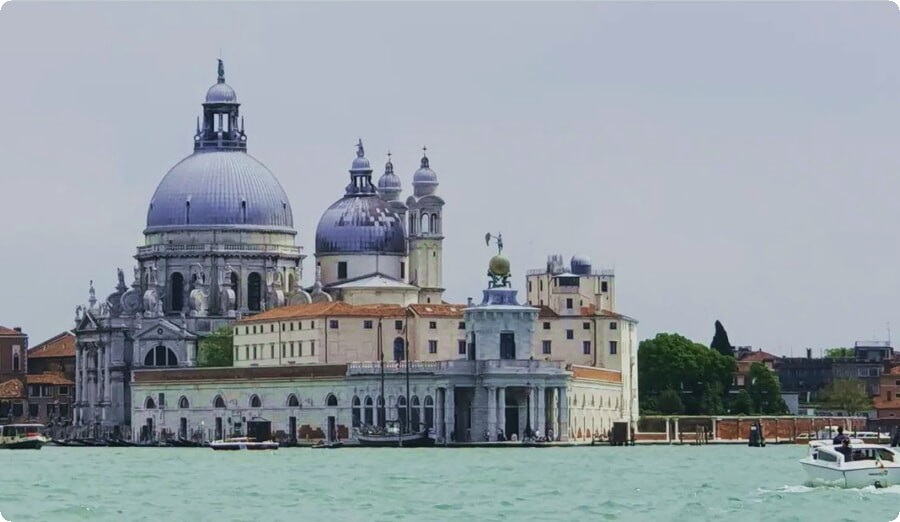
The church has no direct access to the portico; instead, visitors must enter through an entrance on Campo Santa Maria Formosa which leads down into an underground passage way leading out onto Campo Santi Giovanni e Paolo where there are stairs leading up towards Palazzo Grassi which overlooks La Salute Church's grand facade with its decorative marble work done by artists like Tommaso Buzzi while inside contains numerous paintings including works by Tintoretto along with many others from different eras such as Raphael who was born during this time period but died before seeing his work installed here because he passed away later during 1520s when Michelangelo lived nearby too - so many great artists lived here together throughout history making me wonder what kind.

The Piazzetta (the main square)
The Piazzetta (the main square) is the most well-known landmark in Venice. The main square of Venice, it's where you'll find many of the city's most important buildings, including St Mark's Basilica and Doge's Palace. The Piazzetta is also known as a popular meeting point for locals and tourists alike; during summer months it can get quite busy! If you want to avoid crowds then try visiting on weekdays or early mornings/late evenings when there are fewer people around.

Another reason why this landmark has become so well known is because of its pigeons! They're everywhere - perched on statues, sitting among flowers in planters and even flying overhead - but don't worry if they freak you out too much because there are always plenty more where those came from!
If you're lucky enough to visit Venice, then St Mark's Square is a must-see. It's the main public space in Venice and a very popular tourist destination. The square is lined with cafes, restaurants and shops on all sides. It can get very busy at times but it's still an enjoyable place to sit and watch the world go by!
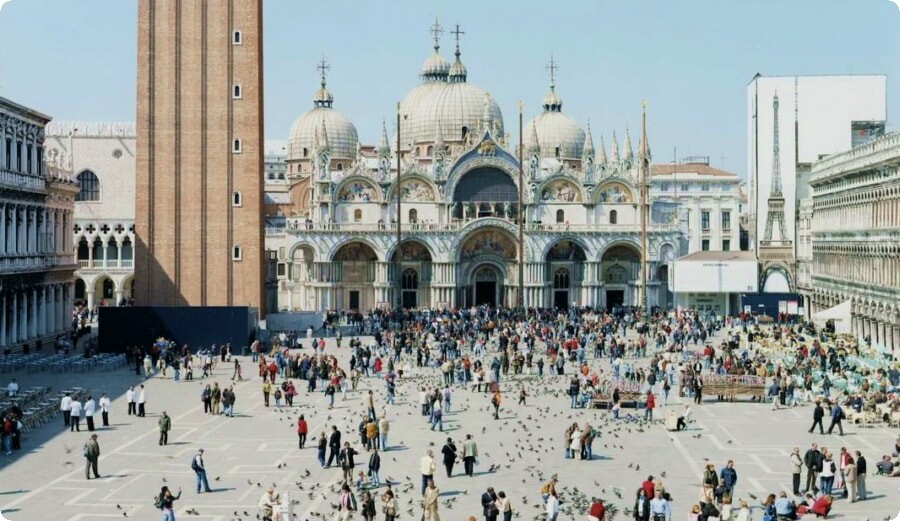
We hope you've enjoyed our list of the most favourite landmarks in Venice. If you have any suggestions, please let us know!